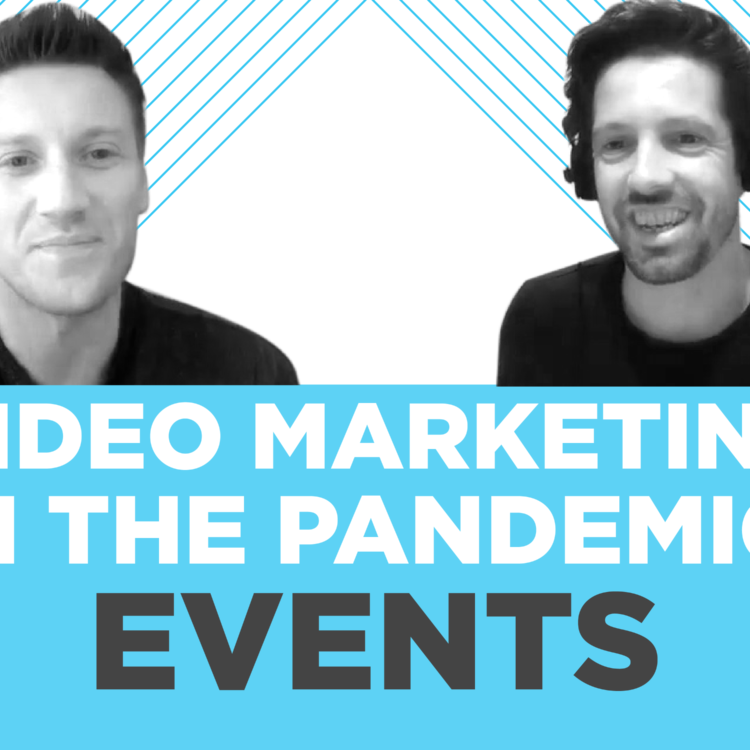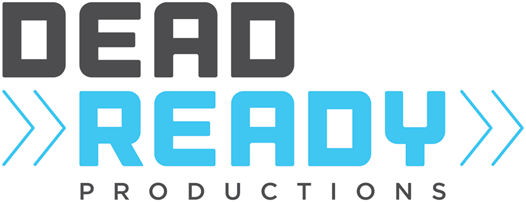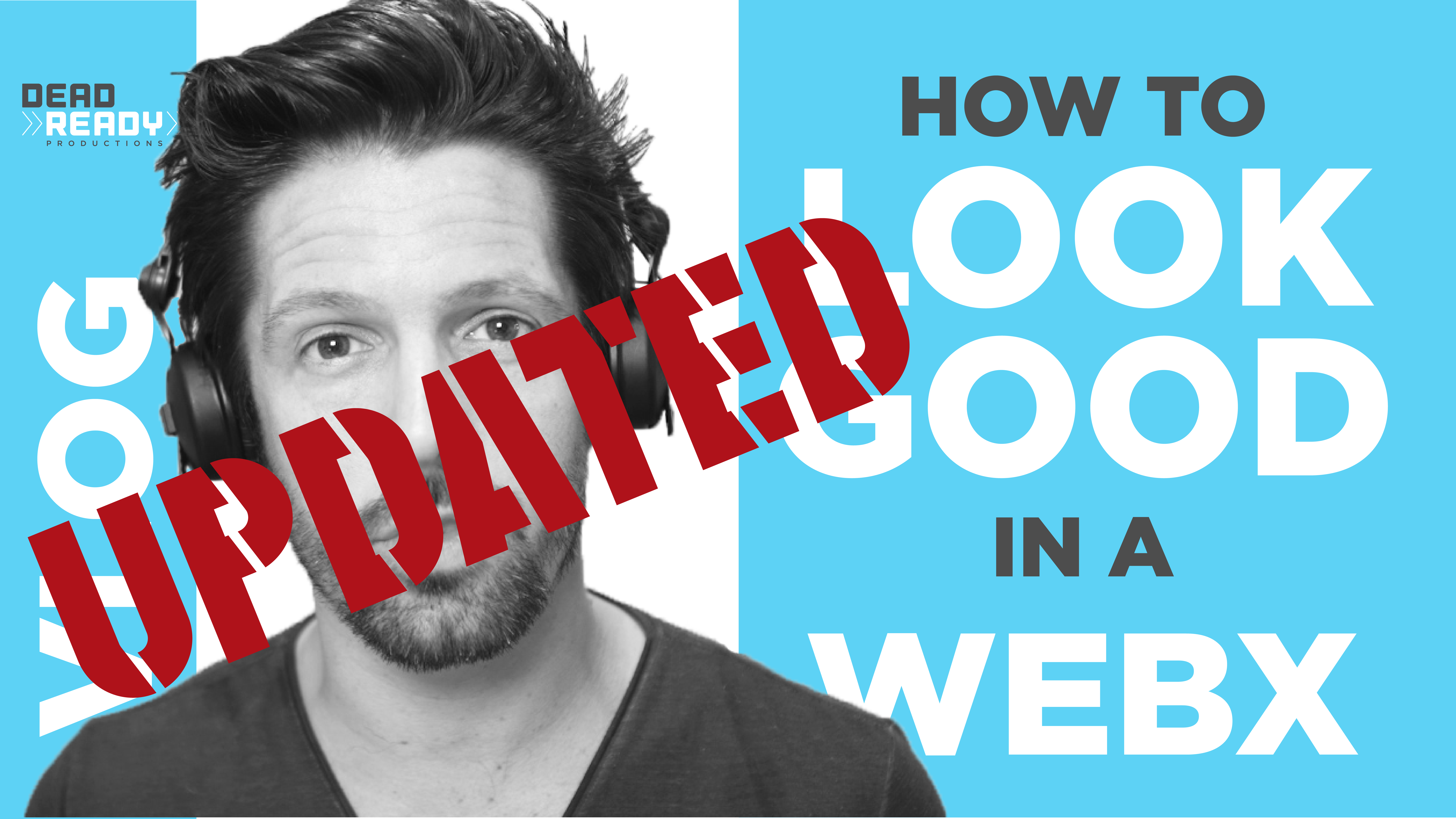3 More Top Tips For How To Look Good For Video Conferences
We all know where to put the camera and how to light ourselves for a decent looking video call these days (and if we don’t, check out our earlier vlog), but now that everyone is used to meeting online, we’ve noticed some of the more subtle traps that people are falling into.
In this update, Dead Ready Director, Chris Tongue, takes us through his top tips to make sure you come across perfectly in your web conferences.
Here’s the transcript for fun:
Hello! Back at the beginning of the lockdown I posted a tips video on how to look good in video calls. Since then, we’ve recorded hours of interviews for several clients over the web and have noticed a few extra traps people can fall into, so thought I’d post a short update with a few more tips.
Extra Tip #1
Be mindful of reflective surfaces and how they have a habit of giving away ugly or embarrassing things in the rest of the room. This applies not only to windows and mirrors in the background, but also to those who wear glasses – a bored attendee may choose to make your window full screen, where it might be obvious through reflections that the discussion doesn’t have your undivided attention… (I’ll then zoom in on my glasses which will show that I’m playing solitaire or minesweeper).
Extra Tip #2
Remember to keep eye contact. This doesn’t mean that you have to look at the camera, just that you should keep looking at the people you are talking to on screen.
It can be tempting to look away while you form your responses, but you’ll lose your audience’s attention if you don’t appear to be talking to them. This counts double if you’re being interviewed or are delivering a presentation as you’re on screen for much longer.
If it helps, have your notes on screen, it’ll keep your focus in roughly the right place.
Extra Tip #3
Value your production values. If you’re being filmed taking part in an interview or you’re a guest speaker at a virtual conference – remember that your video quality reflects whoever is posting the video, so getting your setup correct is more than just a vanity exercise and can affect whether or not you’re invited back.
Good luck out there and thanks for watching!





